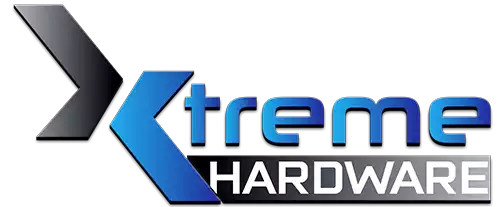-
Updated EVGA Voltage Tuner:
-
Fixed bug preventing EVTune from applying settings at Windows startup
-
-
EVGA On-Screen Display server has been upgraded to version 4.3.1. New version gives you the following improvements:
-
Added new profile setting "Enable compatibility with modified Direct3D runtime libraries" allowing EVGA On-Screen Display Server to detect runtime function offsets dynamically on each 3D application startup. This provides On-Screen Display functionality support in applications using modified Direct3D runtime libraries (e.g. FXAA injection Direct3D runtimes)
-
Added new profile settings allowing you to limit the framerate during gaming. Limiting the framerate during gaming can help to reduce the power consumption as well as it can improve gaming experience due to removing unwanted microstutteing effect caused by framerate fluctuations
-
Added Vector 3D On-Screen Display rendering mode support for OpenGL applications
-
Added Raster 3D On-Screen Display rendering mode support for OpenGL applications using ARB shaders (e.g. ID Software's Rage)
-
-
Graph limits are now adjustable in the graph properties in "Monitoring" tab
-
Added unified vendor independent videomemory usage monitoring layer for graphics cards, having no generic videomemory monitoring interfaces implementation in display drivers. Unified videomemory usage monitoring layer is based upon original concepts of accessing Direct3D kernel mode thunk statistics under Windows Vista and Windows 7, introduced by Mark Russinovich in ProcessExplorer 15. By default unified videomemory usage monitoring path is enabled as a fallback path on NVIDIA graphics cards when generic NVAPI videomemory usage monitoring is not available (e.g. on NVIDIA graphics cards unattached to Windows desktop, such as dedicated PhysX or other GPGPU graphics cards). Power users may redefine unified and generic videomemory monitoring paths usage behaviors via the configuration file.
Redazione XtremeHardware

